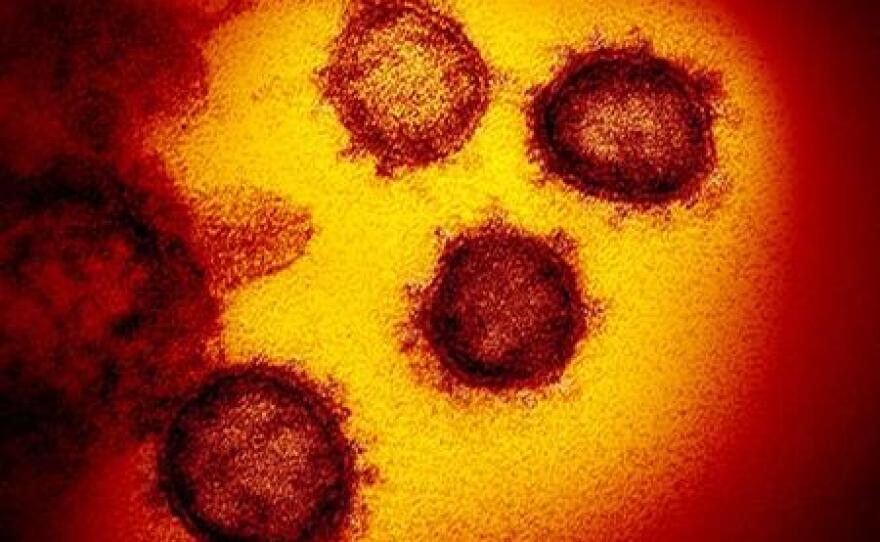Using molecular dating tools and epidemiological simulations, researchers at UC San Diego School of Medicine estimate that the SARS-CoV-2 virus was likely circulating undetected for at most two months before the first human cases of COVID-19 were described in Wuhan, China in late December 2019, it was announced Thursday.
Writing in Thursday's online issue of Science, along with colleagues at the University of Arizona and Illumina Inc., the researchers also note that their simulations suggest that the mutating virus dies out naturally more than three-quarters of the time without causing an epidemic.
Cases of COVID-19 were first reported in late December 2019 in Wuhan, located in the Hubei province of central China. The virus quickly spread beyond Hubei. Chinese authorities cordoned off the region and implemented mitigation measures nationwide. By April 2020, local transmission of the virus was under control but by then COVID-19 was already a pandemic, with more than 100 countries reporting cases.
According to senior author Joel Wertheim, associate professor in the Division of Infectious Diseases and Global Public Health at UCSD School of Medicine, researchers discovered the virus could have been spreading by as early as mid-fall 2019.
SARS-CoV-2 is a zoonotic coronavirus, believed to have jumped from an unknown animal host to humans. Numerous efforts have been made to identify when the virus first began spreading among humans, based on investigations of early-diagnosed cases of COVID-19.
In the study, researchers used molecular clock evolutionary analyses to try to home in on when the first, or index, case of SARS-CoV-2 occurred. "Molecular clock" is a term for a technique that uses the mutation rate of genes to deduce when two or more life forms diverged -- in this case, when the common ancestor of all variants of SARS-CoV-2 existed, estimated in this study to be as early as mid-November 2019.
The researchers estimate that the median number of persons infected with SARS-CoV-2 in China was less than one until Nov. 4, 2019. Thirteen days later, it was four individuals, and just nine on Dec. 1, 2019. The first hospitalizations in Wuhan with a condition later identified as COVID-19 occurred in mid-December.
Study authors used a variety of tools to model how the virus may have behaved during the initial outbreak and early days of the pandemic. These included epidemic simulations based on the virus' known biology, such as its transmissibility and other factors. In just 29.7% of these simulations was the virus able to create self-sustaining epidemics. In the other 70.3%, the virus-infected relatively few persons before dying out. The average failed epidemic ended just eight days after the index case.
"Our approach yielded some surprising results," Wertheim said. "We saw that over two-thirds of the epidemics we attempted to simulate went extinct.
"That means that if we could go back in time and repeat 2019 one hundred times, two out of three times, COVID-19 would have fizzled out on its own without igniting a pandemic. This finding supports the notion that humans are constantly being bombarded with zoonotic pathogens," he continued.
Wertheim noted that even as SARS-CoV-2 was circulating in China in fall 2019, it was likely doing so at low levels until at least December of that year.
The original strain of SARS-CoV-2 became epidemic, the authors write, because it was widely dispersed and because it thrived in urban areas where transmission was easier. In simulated epidemics involving less dense rural communities, epidemics went extinct 94.5% to 99.6% of the time.
The virus has since mutated multiple times, with a number of variants becoming more transmissible.
"Pandemic surveillance wasn't prepared for a virus-like SARS-CoV-2," Wertheim said. "We were looking for the next SARS or MERS, something that killed people at a high rate, but in hindsight, we see how a highly transmissible virus with a modest mortality rate can also lay the world low."






